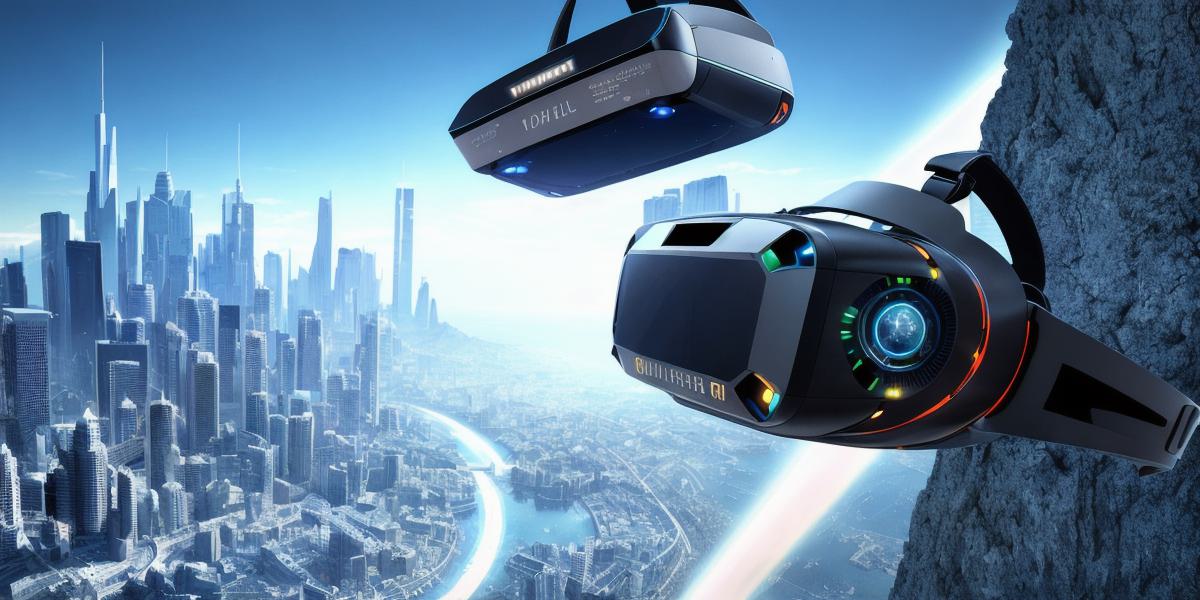Introduction:
Welcome to the exciting world of 3D technology, where possibilities are endless and the future is bright. In this article, we’ll explore the amazing benefits of using 3D technology in various industries such as architecture, engineering, healthcare, education, and more. We’ll also discuss some real-life examples of how companies have successfully integrated 3D technology into their workflows, and how you can take advantage of it for your own projects.
Architecture:
In the world of architecture, 3D technology has transformed the way buildings are designed and constructed. With the help of 3D modeling software, architects can create detailed designs that are more accurate and precise than ever before. They can also use virtual reality (VR) and augmented reality (AR) to showcase their designs in a more immersive and interactive way. For example, the company, Arch Virtual Reality, uses VR technology to allow clients to experience their architectural projects in a fully immersive environment.
Engineering:
Engineering is another industry that has greatly benefited from 3D technology. Engineers can use 3D modeling software to create detailed designs for products and structures, which allows them to make changes quickly and easily without having to start over. They can also use simulation software to test their designs before building them, which saves time and money in the long run. For instance, GE Aviation uses 3D printing technology to manufacture parts for aircraft engines, allowing them to produce parts more efficiently and cost-effectively than traditional manufacturing methods.
Healthcare:
In healthcare, 3D technology has been used to create detailed models of organs and body parts, which can help doctors and surgeons plan surgeries with greater precision. This has led to fewer complications and improved outcomes for patients. In addition, 3D printing technology is being used to create prosthetics, dental implants, and other medical devices that are customized to fit the individual patient’s needs. For example, the company, Open Bionics, uses 3D scanning technology to create personalized prosthetic limbs for amputees.
Education:
In education, 3D technology is being used to create interactive and engaging learning experiences for students. With the help of 3D modeling software, teachers can bring lessons to life in a way that was never possible before. For example, the company, Discovery VR, creates VR experiences that allow students to explore historical events or scientific concepts in a fully immersive environment.
Real-Life Examples:
Many companies have successfully integrated 3D technology into their workflows and are seeing impressive results. For example, the company, Autodesk, uses 3D modeling software to help architects and engineers design buildings and infrastructure more efficiently. They also use VR and AR technology to showcase their designs in a more immersive way. Another example is the company, Sketchfab, which allows users to create and share 3D models of objects and scenes. This has been used by artists, architects, and engineers to create detailed designs for products, furniture, and even entire buildings.
FAQs:
- What industries benefit most from 3D technology?
- Architecture, engineering, healthcare, education, and more.
- How does 3D modeling software work?
- It allows users to create detailed 3D models of objects and scenes by using a combination of mathematical equations and graphical user interfaces.
- What is virtual reality (VR) and augmented reality (AR)?
- VR creates a fully immersive environment that can be experienced through headsets or other devices, while AR overlays digital information onto the real world.
- How has 3D printing technology impacted manufacturing?
- It has allowed for more customization, faster production times, and reduced costs compared to traditional manufacturing methods.
Conclusion:
The exciting world of 3D technology is here to stay, and its potential applications are endless
